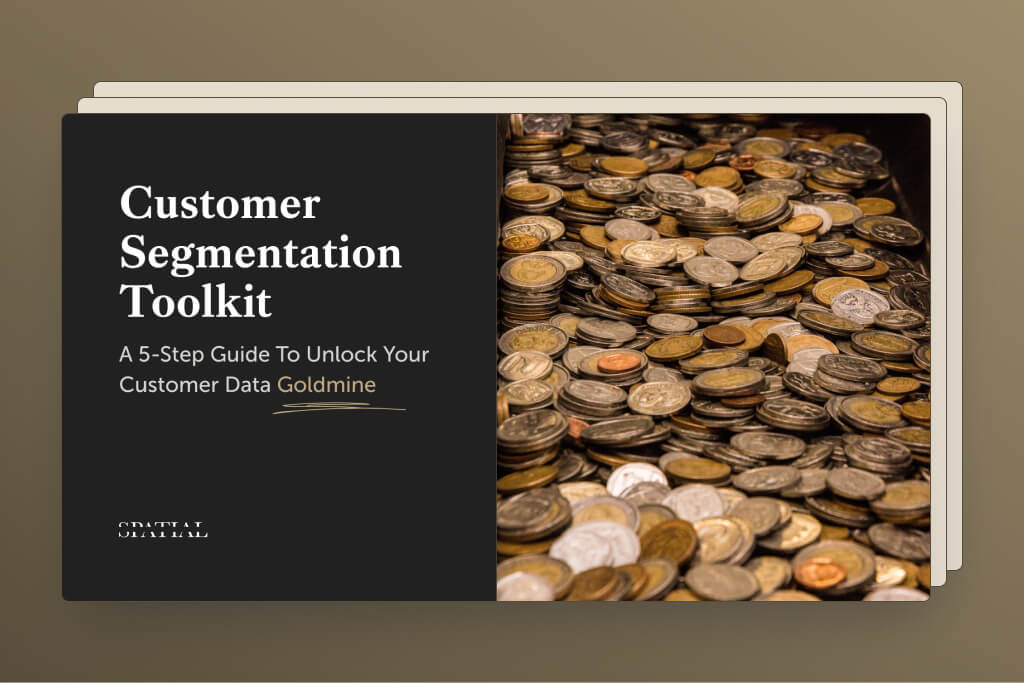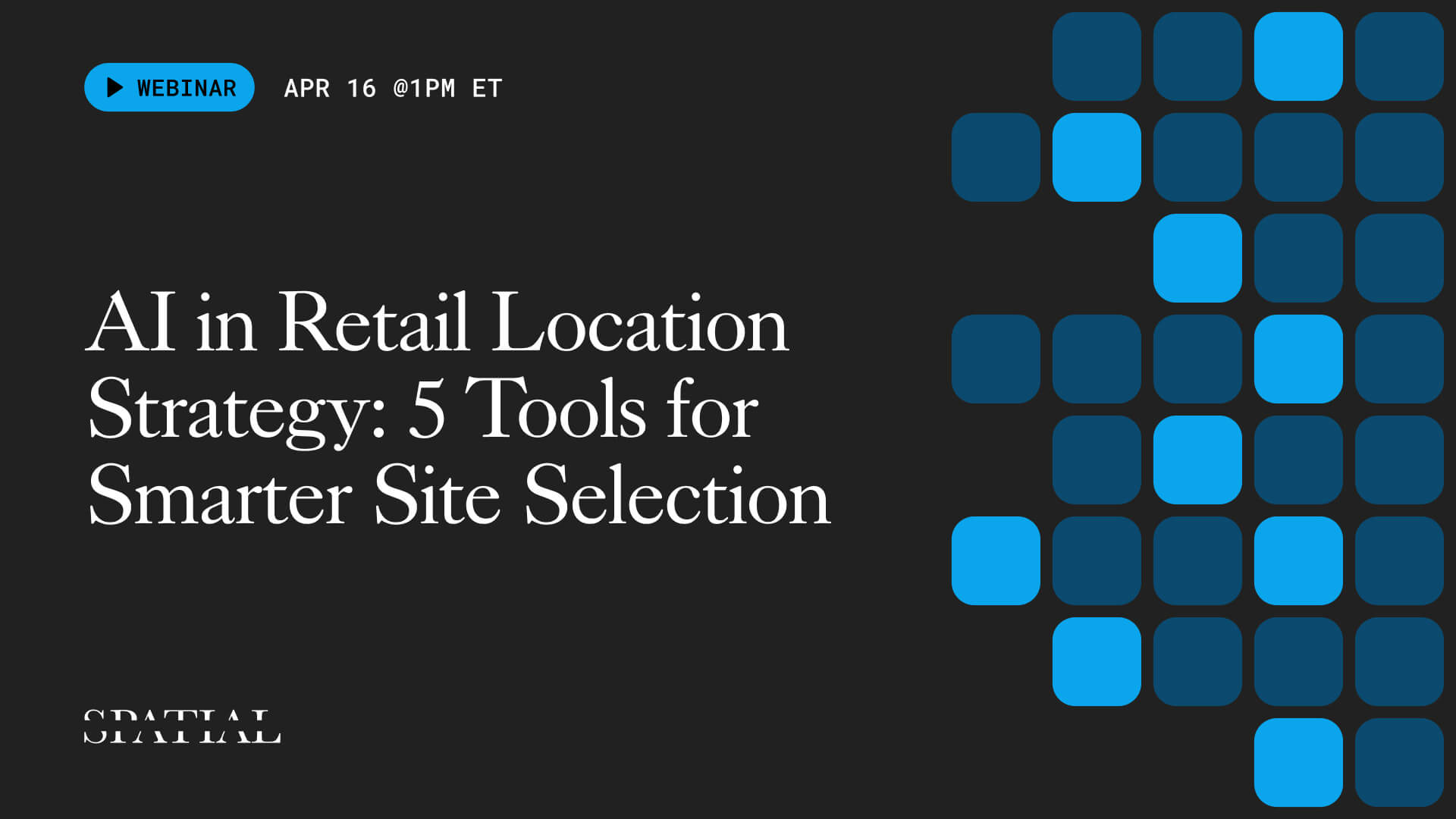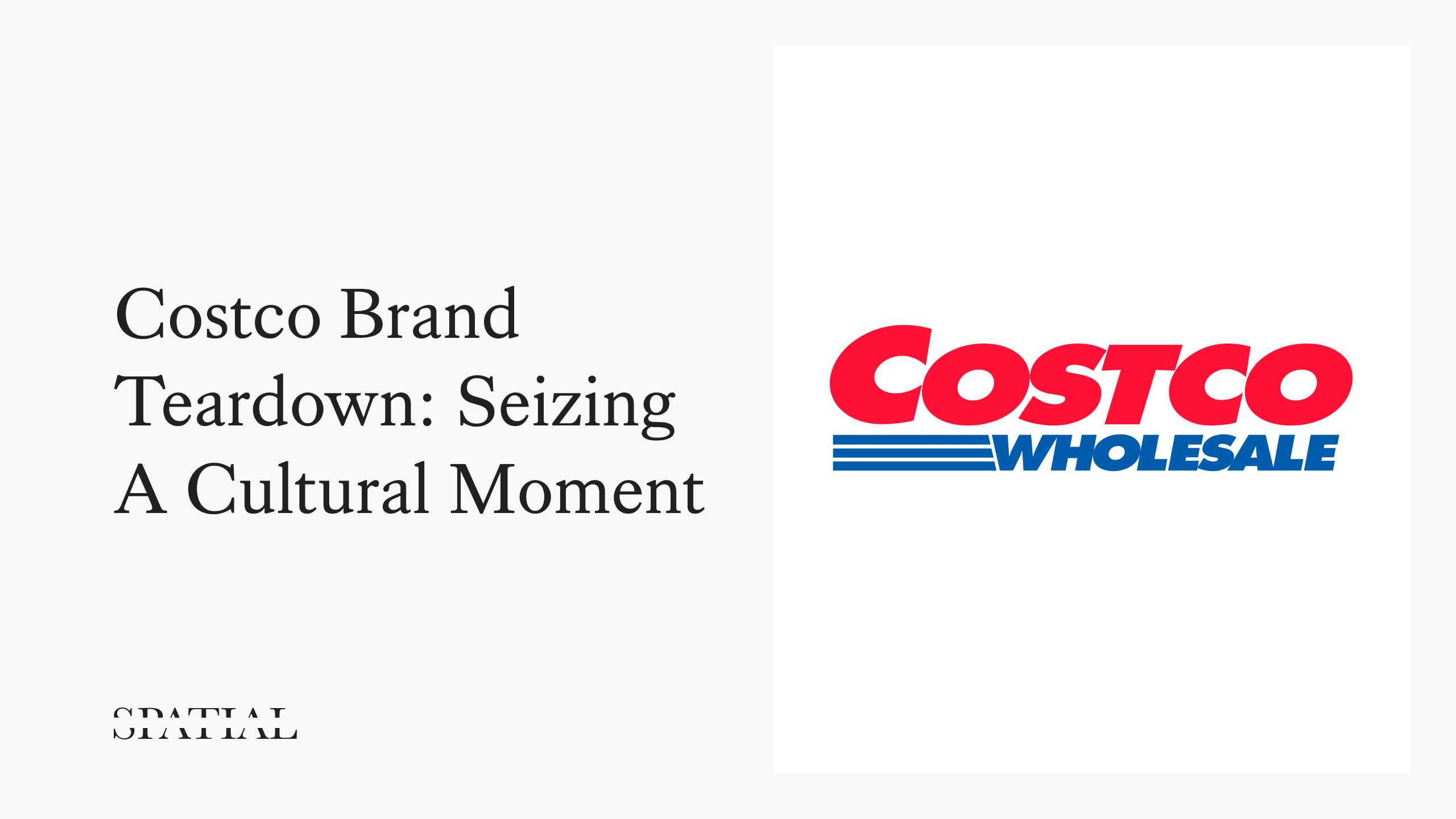Retail Market Selection: 5 Steps for Choosing a New Location
The Promise of Expanding into New Markets
In today’s omnichannel world, opening physical stores in a new market is still a massive growth driver for retailers. Even primarily online retailers report a 100-150% increase in online store sales in markets where they open physical stores.
The halo effect of a physical retail store is hard to beat, but choosing the wrong location can bring substantial operational and opportunity costs. One way to reduce this risk is to take a methodical approach.
Here is a five-step framework for selecting the right markets for expansion for your retail brand. In the accompanying video above, I walk through this exact process for Orvis using ESRI’s Business Analyst mapping software.
By the end of this article, you’ll have the confidence to build a data-driven market expansion plan for your brand. Let’s dive in!
{{schedule-demo}}
Step 1: Rank Existing Stores
Start by gathering your store data. Rank your stores by sales to differentiate high performers from lower ones and identify variables driving sales. For simplicity, group stores into quartiles based on sales, allowing you to compare the top quartile against the rest to identify growth drivers.
Exclude stores that are incomparable to the rest of your portfolio, such as large footprint locations, outlets, or tourist-heavy areas, to ensure you’re comparing apples to apples.
Step 2: Define Your Trade Area
Next, define each store’s trade area. Knowing how far people travel to reach your store will help you measure relevant variables across your locations. This is commonly called a “trade area” or “catchment area.” Here are a few ways to do that:
- Map zip codes from credit card transactions: Use credit card data to approximate a trade area by mapping zip code centroids.
- Survey customers: Ask customers, “How many minutes did you drive to get here?” and average responses over seven days.
- Mobile movement data: Mobile foot traffic providers can calculate a “true trade area” by analyzing the home census block groups of devices visiting your location.
Ultimately, you want either a radius (in miles) or a drive time (in minutes) around each store so you can compare variables across your best and worst performing locations. Once all of your stores and trade areas are mapped, you’re ready for step three.
Step 3: Isolate Key Variables Across Stores
Now it’s time to identify the characteristics of your best-performing stores. Some essential variables include:
- People: Population, demographics, psychographics
- Geography: Urbanicity (population density), weather patterns, proximity to natural features
- Retail Landscape: Competition, retail nodes, synergistic retailers
Some variables will be more or less relevant depending on your brand. I group these into three buckets, people, geographic, and retail landscape. For many retailers, demographics and psychographics will be the main factors to consider.
Step 4: Market Suitability Analysis
Once key variables are identified, perform a market suitability analysis at the DMA (Designated Market Area) or CBSA (Core-Based Statistical Area) level. This involves setting minimum criteria for expansion markets. If a market doesn’t meet these criteria, it can be deprioritized.
Ecommerce note: If you have an ecommerce presence, one criteria could be markets where you already see above-average online sales.
Step 5: Select and Test Your Market
At this point, narrow down your search to the top three potential markets for your brand. But don’t stop there. There are a number of forward-looking things we can do to ensure our decision will be a winner for years to come:
- Expansion potential: Determine how many stores the market can support without cannibalizing sales. For instance, a market might sustain several grocery stores but only one IKEA.
- Demographic trends: Is the population growing or shrinking? Many regions in the South are growing, while some in the Northeast and Midwest are in decline. Consider the trends in your target demographic as well.
- Financial considerations: Evaluate rent costs, sales taxes, local incentives, labor costs, and proximity to suppliers and distribution centers.
- Competition: Is a competitor already established? Counterintuitively, this can be a good thing by indicating demand. Specialty retailers often benefit from proximity to larger, generalist stores, like specialty furniture stores near Pottery Barn.
- Test before you buy: Launch a pop-up shop with a strong marketing plan to test market interest. Look beyond total sales—metrics like email sign-ups, social shares, and click-through rates offer valuable indicators of customer interest.
Ready to Elevate the Market?
Opening a physical store is more than putting a pin on a map. It opens an entire corridor of growth for your brand. And when done well, not only does it elevate your brand but builds economic resilience to the communities you enter.
With this five-step framework, you can approach any market expansion confidently, prepared for success. Onwards to building better brands and stronger cities.
What you should do now
Whenever you're ready, here are 3 ways Spatial.ai can help:
- See PersonaLive In Action. If you'd like to segment and target your best customers using real-time behavioral data, schedule a free 30-min demo to get started.
- Subscribe To Consumer Code. If you've found this helpful, check out our newsletter and podcast where we share more consumer research and insights for retail marketers.
- Share This Post. If you know another marketer who’d enjoy reading this post, share it with them on Linkedin, X, or Facebook.
Get retail marketing tips
We email every monday with smart growth strategy ideas. Almost no promotion. Just value.

.avif)
%20(1).jpg)



Need help finding the best markets for your retail brand? Schedule a free demo of the PersonaLive platform to learn how to identify your best customers in any market in minutes.




